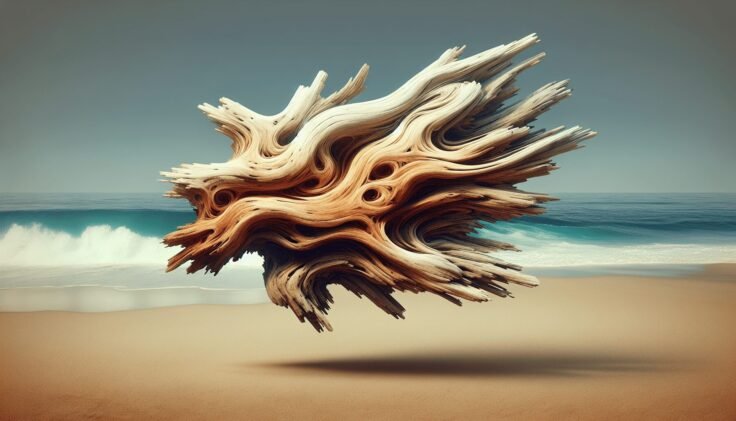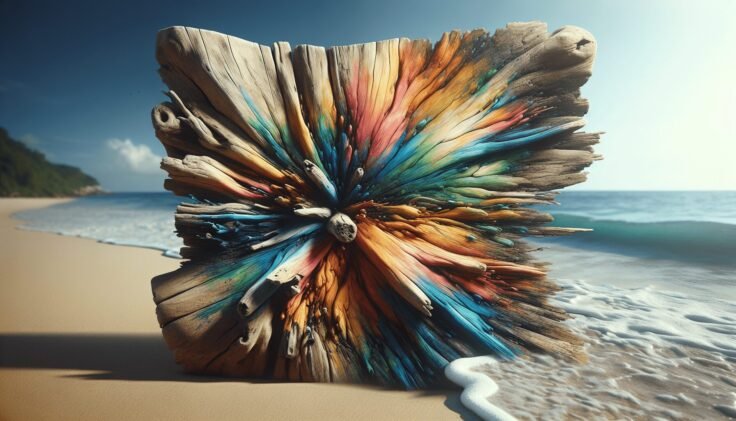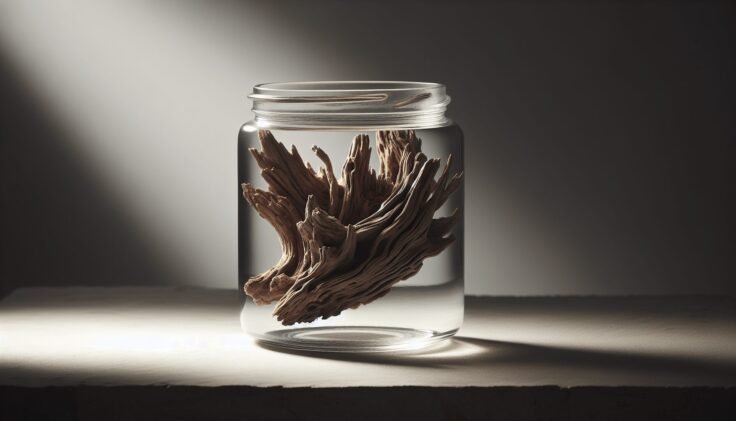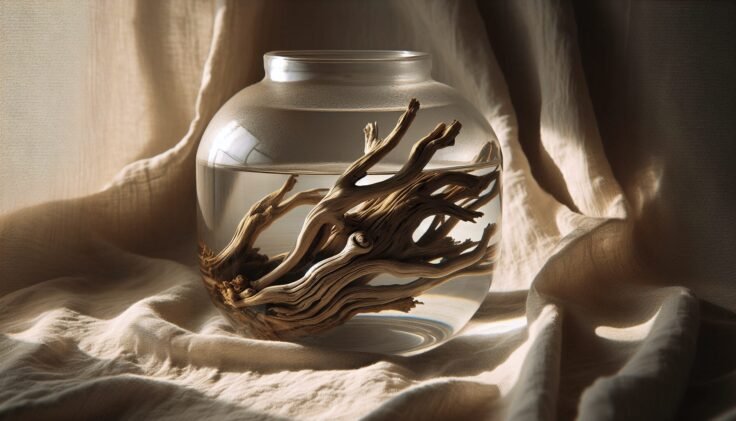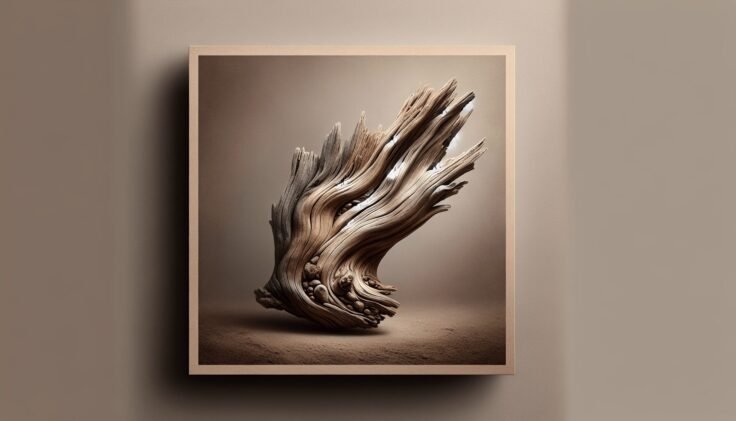Have you ever found yourself walking along a beach, noticing the unique shapes and forms of driftwood scattered across the sand? If so, you might have wondered about the many creative possibilities lying within these natural sculptures. Driftwood, particularly cypress driftwood, holds a rustic charm and is a versatile material that can be used to craft beautiful and functional pieces for your home and garden. In this article, we will take a friendly stroll through various ideas for incorporating cypress driftwood into your life, bringing a touch of nature’s artistry into your surroundings.
What is Cypress Driftwood?
Cypress driftwood comes from the cypress trees, which are renowned for their durability and water-resistant properties. These trees often grow in swampy areas, and their wood is known for its rich, intriguing grain patterns and unique coloration. As it weathers and becomes driftwood, it takes on even more character, with a smooth texture and weathered appearance that captures the essence of nature.
Characteristics of Cypress Driftwood
Cypress driftwood is cherished for its light weight, resilience to decay, and its ability to float, making it ideal for a variety of crafts and décor projects. The wood naturally resists insects and rot, which contributes to its longevity whether indoors or outdoors. The silvery-gray patina that develops on the wood over time also adds a layer of mystique and elegance to its appearance.
Finding and Preparing Cypress Driftwood
Before diving into projects, it’s important to understand how to collect and prepare driftwood to ensure it’s safe and suitable for use.
Where to Find Cypress Driftwood
Primarily, cypress driftwood is found on beaches, particularly those near swampy regions where cypress trees thrive. It can also be located along rivers and lakeshores. When collecting driftwood, always ensure that it’s legal to take driftwood from the particular location, as some areas have protective regulations.
Preparing Driftwood for Use
Once you’ve collected your driftwood, it’s crucial to clean it thoroughly. Start by rinsing it with fresh water to remove any sand and debris. After rinsing, soak the wood in a large tub with a solution of water and a mild bleach (about one part bleach to ten parts water) for 24 hours. This process helps to kill any insects or algae still clinging to the wood.
After soaking, rinse the driftwood with fresh water for several hours to ensure all traces of bleach are eliminated. Finally, dry the driftwood in a sunny area for several days. This step can be crucial as it may take longer if the wood is particularly large or dense.

Home Décor Ideas Using Cypress Driftwood
Cypress driftwood can be a striking addition to your home décor with its natural, organic feel. Let’s explore some creative ways you can use it.
Driftwood Centerpieces
A centerpiece made from cypress driftwood can enhance any dining table, coffee table, or mantelpiece. You can combine pieces of driftwood with candles, succulents, or other natural elements like stones and shells to create a stunning focal point. You can even attach small glass orbs to the wood to hold air plants, adding a touch of greenery.
Wall Art Creations
Create captivating wall art by assembling pieces of driftwood in various shapes and patterns. You can arrange the wood in a geometric design or allow its natural curves to dictate the layout. Consider complementing the wood with elements such as feathers, fibers, or paint to add color and texture.
Driftwood Furniture
Cypress driftwood can be used to construct unique furniture pieces. From rustic bookshelves to functional coffee tables, the wood’s durability makes it a practical choice. For a simpler project, consider using a significant, thick piece of driftwood as a natural coat rack or towel holder in your hallway or bathroom.
Driftwood Shelves
For a minimalist design, drill small holes into the wall and insert sturdy dowels to provide support for smaller pieces of driftwood. This method creates charming floating shelves where you can display lightweight decorative objects, enhancing the rustic aesthetic of your room.
Garden Ideas with Cypress Driftwood
Take the organic elegance of driftwood into your outdoor spaces with these fresh garden ideas.
Driftwood Planters
Fashion cypress driftwood into unique planters for succulents or air plants. You can hollow out sections of thicker driftwood pieces or create a base to wrap tendrils and roots around, giving your plants a naturalistic home.
Garden Sculptures
Use cypress driftwood to craft sculptures or outlines of fantastical animals and shapes. Incorporate vines or climbers to weave through the pieces, creating living sculptures that change with the seasons.
Driftwood Paths
Enhance your garden with a path of driftwood pieces. Arrange flat pieces of driftwood, step-by-step, to guide visitors through your garden while preserving the natural landscape.

DIY Projects with Cypress Driftwood
If you enjoy hands-on activities, there are countless DIY projects you can tackle using cypress driftwood.
Driftwood Candle Holders
Create rustic and charming candle holders by boring holes into the wood to snugly fit tealights or small votive candles. This simple project not only provides warm, ambient light but also highlights the wood’s natural curves.
Hanging Driftwood Mobiles
Construct mobiles from lightweight pieces of driftwood, shells, and natural or colored glass. Hang them inside or in your favorite outdoor space where they can catch the wind and bring a peaceful, tinkling sound.
Driftwood Picture Frames
Use pieces of driftwood to form a frame around the edge of a photograph or mirror. Secure the wood by gluing or wiring them together, providing a lovely border to show off your treasured memories.
Benefits of Using Cypress Driftwood
Aside from its aesthetic appeal, using cypress driftwood in your projects offers several benefits.
Eco-Friendly Choice
Cypress driftwood is sustainably sourced, as it’s a naturally occurring material. Utilizing driftwood reduces the demand on deforestation and promotes recycling of natural elements that are already present in the ecosystem.
Durability and Longevity
Due to its resistance to insects and decay, cypress driftwood can endure years of use without deteriorating, making it a durable option for both indoor and outdoor applications.
Versatility in Design
From its varied textures to its ability to harmonize with numerous design styles—whether bohemian, rustic, or contemporary—cypress driftwood’s versatility makes it an ideal choice for artists and decorators alike.
Tips for Working with Cypress Driftwood
To get the most out of your driftwood projects, keep these handy tips in mind.
Selecting the Right Pieces
Choose driftwood pieces that are structurally sound without cracks or breaks that compromise their stability. Look for interesting forms and unique grain patterns to enhance the visual appeal of your piece.
Tools and Techniques
Basic tools such as a hand saw, sanding block, and drill will be useful. When drilling or assembling driftwood pieces, wood glue or screws can ensure a secure and stable construction.
Finishing Touches
To maintain the natural beauty of your driftwood, consider applying a clear wood sealant to preserve its color and texture. If you wish for a glossy finish, select a product with a satin or gloss sheen.
Conclusion
Cypress driftwood is a stunning and versatile natural element that can add unparalleled beauty and elegance to any space. Whether you are enhancing your home décor, enriching your garden, or delighting in a creative DIY project, the possibilities with cypress driftwood are nearly endless. By utilizing this extraordinary wood, you are not only embracing the charm of nature but also promoting sustainable practices. So next time you stroll along a beach or riverbank, keep an eye out for those wonderful pieces of driftwood—you’ll have a bounty of creative opportunities at your fingertips.
